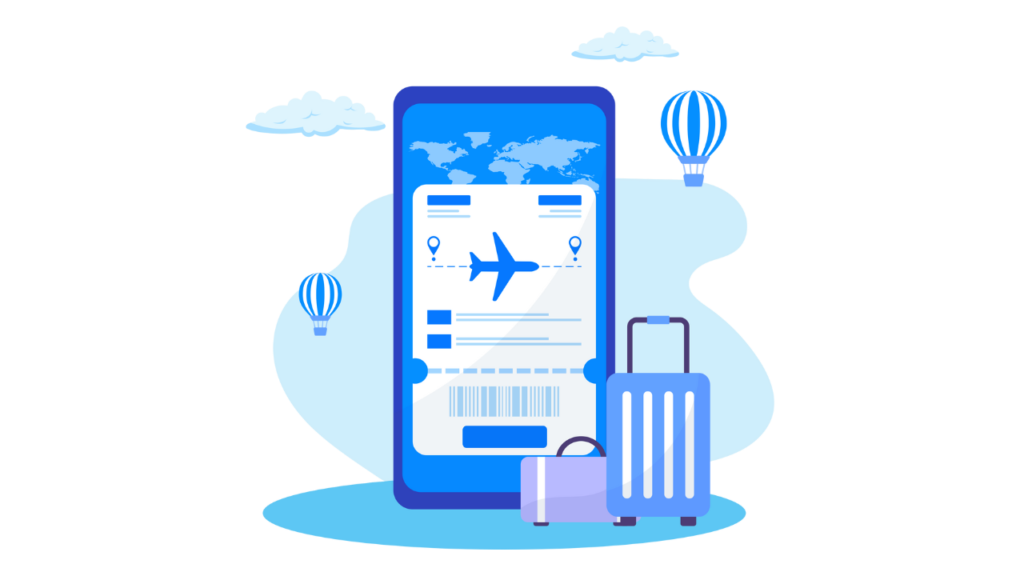Planning a vacation doesn’t have to mean emptying your wallet or racking up credit card debt. With the right strategies, you can explore breathtaking destinations, create lasting memories, and still stay well within your budget. Whether you’re planning a solo adventure, a romantic getaway, or a family trip, this guide will show you how to plan a vacation without breaking the bank.
From setting a realistic budget to finding hidden gems for travelers that won’t cost a fortune, we’ve got actionable tips, real-life examples, and proven techniques to make your dream vacation affordable.
Why Budget-Friendly Travel Matters
Traveling on a budget isn’t just about saving money; it’s about making the most out of your resources while focusing on experiences that truly matter. Here are some reasons why budget-friendly travel should be your priority:
- Avoid Financial Stress: Vacations should be relaxing, not a source of financial anxiety. Staying within your means ensures you return refreshed and not burdened by debt.
- Maximize Your Experience: When you allocate your budget wisely, you can explore more activities, try local cuisines, and make the most of your trip.
- Plan for Future Adventures: Saving money on one vacation allows you to invest in future travel plans or other important life goals.
How to Plan a Vacation Without Breaking the Bank
1. Set a Realistic Budget
The cornerstone of budget travel is setting a realistic budget. This involves:
- Determining Your Total Budget: Calculate how much you can comfortably spend without impacting your financial goals. Include all costs like transportation, accommodation, food, activities, and even an emergency fund.
- Breaking Down Expenses: Allocate specific amounts for each category. For instance, 40% for travel and accommodation, 30% for food, and 30% for activities and miscellaneous expenses.
- Using Budgeting Tools: Apps like Trail Wallet, Mint, or Excel spreadsheets can help you keep track of your expenses and prevent overspending.
Pro Tip:
Always have a buffer in your budget for unexpected expenses like last-minute purchases or emergency situations.
2. Choose Affordable Destinations
Your destination plays a significant role in determining the overall cost of your trip. Here’s how to pick a pocket-friendly location:
- Research Budget-Friendly Destinations: Look for places with a favorable currency exchange rate or lower cost of living. Southeast Asia, Eastern Europe, and parts of Latin America are known for offering incredible experiences at affordable prices.
- Travel During Off-Peak Seasons: Flights and accommodations are cheaper during the off-season. Plus, you’ll avoid the crowds and enjoy a more relaxed experience.
- Explore Hidden Gems: Instead of popular tourist spots, opt for underrated destinations that are equally beautiful but less expensive.
Example Destinations:
- Southeast Asia: Thailand, Vietnam, and Indonesia are known for their affordability and rich cultural experiences.
- Eastern Europe: Countries like Croatia, Hungary, and Poland offer stunning architecture, history, and nature without breaking the bank.
- India: Budget-friendly spots like Hampi, Rishikesh, and McLeod Ganj are perfect for a memorable yet economical trip.
3. Book Flights and Accommodation Strategically

Finding Cheap Flights:
- Use flight comparison tools like Skyscanner, Google Flights, and Kayak to find the best deals.
- Book in Advance: Aim to book your tickets 2-3 months before your travel date for lower fares.
- Be Flexible: Flying mid-week or during odd hours often comes with discounted rates.
- Consider budget airlines but be mindful of extra fees for luggage or seat selection.
Affordable Accommodation:
- Hostels and Guesthouses: Great for solo travelers and small groups.
- Vacation Rentals: Platforms like Airbnb offer affordable stays, especially for families.
- Local Options: Look for homestays or locally-run accommodations that provide an authentic experience at a lower cost.
Pro Tip:
Sign up for email alerts from travel platforms to get notified about flash sales and discounts.
4. Save on Food and Activities
Eating on a Budget:
- Eat Like a Local: Street food and small local restaurants often serve delicious meals at a fraction of the cost of touristy eateries.
- Shop at Markets: Buy fresh produce, snacks, or even pre-cooked meals from local markets.
- Cook Your Own Meals: If you’re staying in a rental with a kitchen, cooking your meals can save significant money.
Affordable Activities:
- Free Attractions: Many cities offer free walking tours, public parks, and cultural festivals.
- Passes and Cards: Invest in city passes that include multiple attractions and public transport.
- Nature-Based Activities: Hiking, cycling, and visiting beaches or waterfalls are often free or cost very little.
5. Pack Smart to Avoid Extra Costs
Packing smartly can save you money on unnecessary purchases during your trip. Here’s what to keep in mind:
- Pack Light: Avoid overpacking to save on baggage fees, especially if you’re flying with budget airlines.
- Bring Essentials: Carry items like a reusable water bottle, portable snacks, power bank, and travel-sized toiletries.
- Prepare for Emergencies: Include a basic first-aid kit, extra cash, and copies of important documents.
6. Use Travel Rewards and Discounts

Make the most of rewards programs and discounts to stretch your travel budget further:
- Credit Card Rewards: Use travel credit cards to earn points or cashback on flights, hotels, and dining.
- Loyalty Programs: Sign up for frequent flyer programs or hotel loyalty memberships.
- Student/Senior Discounts: Check if you’re eligible for discounts on transport, attractions, or accommodations.
Pro Tip:
Follow travel blogs and social media accounts that regularly share promo codes and deals.
7. Plan Ahead but Stay Flexible
A well-planned itinerary helps you avoid last-minute expenses, but flexibility can lead to unexpected savings:
- Pre-Book Essentials: Reserve flights, accommodations, and major activities in advance to lock in lower prices.
- Stay Open to Changes: Be prepared to adapt your plans for cheaper alternatives, like public transport over taxis.
- Backup Plans: Have a contingency budget and alternative plans for emergencies.
8. Travel in Groups

Group travel can significantly reduce costs. Here’s how:
- Split Costs: Share expenses for accommodations, meals, and transport.
- Group Discounts: Many attractions and tours offer discounts for groups.
- Shared Resources: Pool essentials like chargers, snacks, and toiletries to save space and money.
Real-Life Case Study: A 5-Day Budget Trip to Goa Under ₹10,000
Here’s how one traveler planned an affordable yet enjoyable vacation:
- Flights: Booked 3 months in advance for ₹3,500 (round trip).
- Stay: Stayed at a budget hostel for ₹2,000 (4 nights).
- Food & Drinks: Relied on local eateries and street food for ₹2,000.
- Activities: Explored beaches, attended free festivals, and tried watersports for ₹2,000.
- Transport: Rented a scooter for ₹500/day, totaling ₹2,000.
Total Cost: ₹9,500
Conclusion
Planning a vacation without breaking the bank is all about making smart decisions and prioritizing experiences over extravagance. By setting a budget, choosing affordable destinations, and leveraging discounts and rewards, you can enjoy a memorable trip without financial stress. Start planning your next budget-friendly vacation today, and don’t forget to share your travel hacks in the comments below!








